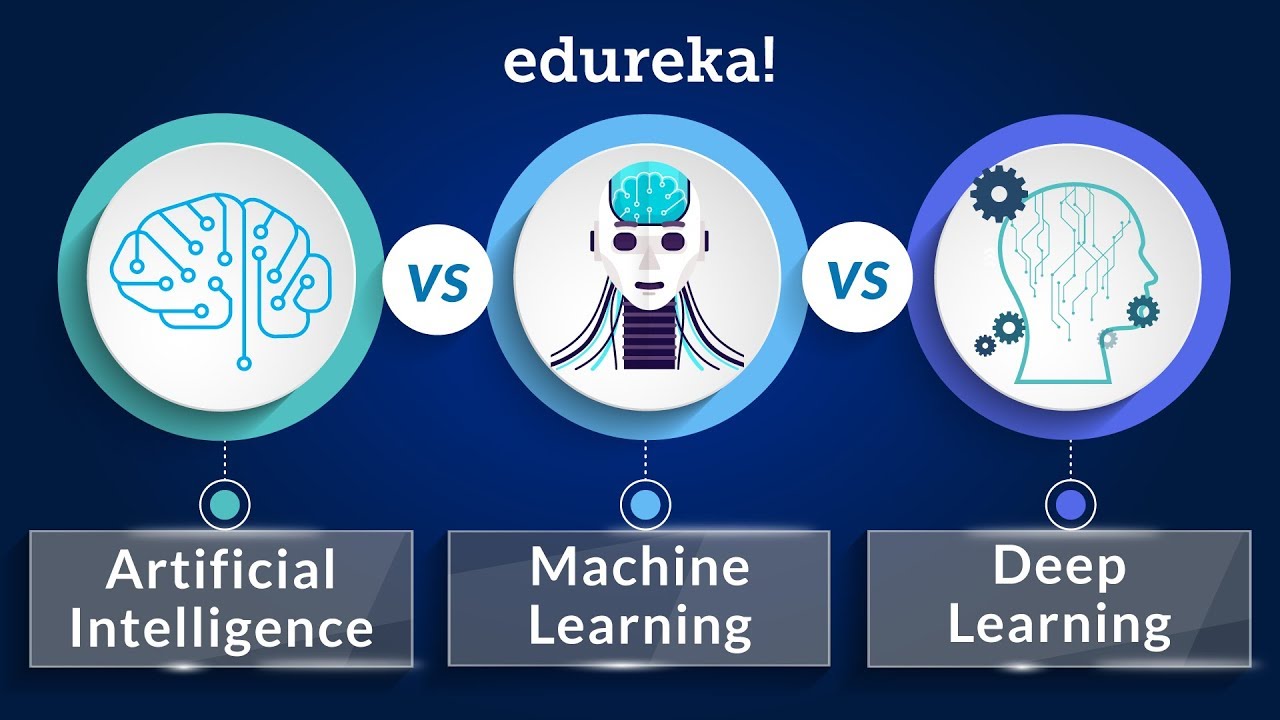"5 Emerging Trends in Deep Learning and Artificial Intelligence: What Investors and Business Leaders Need to Know"
Title: 5 Emerging Trends in Deep Learning and Artificial Intelligence
Abstract: Deep learning and artificial intelligence (AI) have been rapidly evolving over the past few years. As these technologies continue to advance, it is important for investors and business leaders to stay up to date on the latest trends in this field. In this article, we will explore five emerging trends in deep learning and AI, including federated learning, explainable AI, autonomous systems, edge computing, and generative models.
Introduction: Deep learning and AI are transforming industries ranging from healthcare and finance to transportation and manufacturing. These technologies have the potential to revolutionize the way we live and work, making our lives more efficient, convenient, and safe. However, the field of deep learning and AI is constantly evolving, and it can be difficult to keep up with the latest trends. In this article, we will discuss five emerging trends that are shaping the future of these technologies.
- Federated Learning: Federated learning is a decentralized approach to machine learning where multiple devices or servers collaborate to train a model. In federated learning, data remains on the devices, and only model updates are shared between devices. This approach allows for better privacy and security since data does not need to be transmitted to a central server. Federated learning has the potential to revolutionize industries such as healthcare, where data privacy is paramount.
- Explainable AI: Explainable AI is an approach to AI that aims to make AI systems more transparent and understandable. This approach is particularly important in fields such as healthcare and finance, where decisions made by AI systems can have significant consequences. Explainable AI enables users to understand how decisions are made by an AI system, which can help build trust and confidence in these systems.
- Autonomous Systems: Autonomous systems are machines that can perform tasks without human intervention. These systems are becoming increasingly common in fields such as transportation, manufacturing, and logistics. Autonomous systems have the potential to increase efficiency, reduce costs, and improve safety.
- Edge Computing: Edge computing is an approach to computing where data is processed at the edge of the network, closer to the devices generating the data. Edge computing has the potential to improve the efficiency and speed of AI systems by reducing the need to transmit data to a central server. This approach is particularly important in fields such as healthcare, where real-time processing of data is critical.
- Generative Models: Generative models are AI systems that can generate new data based on patterns in existing data. These systems have the potential to revolutionize industries such as entertainment and design, where creativity and innovation are essential. Generative models can be used to create new music, art, and even video games.
Conclusion: Deep learning and AI are rapidly evolving fields with the potential to transform industries across the board. As these technologies continue to advance, it is important for investors and business leaders to stay up to date on the latest trends. The five emerging trends discussed in this article – federated learning, explainable AI, autonomous systems, edge computing, and generative models – are just a few examples of the exciting developments that are shaping the future of these technologies. By keeping abreast of these trends, businesses can stay ahead of the curve and take advantage of the opportunities presented by deep learning and AI.

Comments
Post a Comment